Attack helicopter Mi-28N: try to criticize
Indeed, today, if there is anything to talk about, then about helicopters. Simply because the ongoing special operation was precisely a test for survival in combat conditions for this class of vehicles.
Why exactly for helicopters? It's simple: aircraft are practically expanse, because the Air Force and Air Defense of Ukraine suffered very heavy losses and practically cannot have the slightest sane effect on the situation.
But for helicopters, whose main enemies are still MANPADS and MZA, and which do not fly at such altitudes as airplanes, everything just continues. And today we will talk about how old and unsuitable for combat operations the Mi-28N.
If you look at the numbers - yes, you can’t call the new Mi-28N
Work on the Mi-28 helicopter was started back in the 70s of the last century, and the Mi-28N itself has existed as a model since 2007. But it is not the numbers that are at war, but the machines, and sometimes enough is hidden behind the numbers, which is usually not taken into account.
And it is worth taking into account not only the performance characteristics and flight characteristics of the helicopter, but taking everything as a whole: the capabilities of the helicopter, crew training, especially the ability to operate in difficult situations, interaction with various ground structures.
As a negative example, it is worth recalling the operation to free the employees of the American embassy in Tehran in 1980, when during the so-called Operation Eagle Claw, the United States lost a tanker plane and two helicopters in accidents (one fell into the sea after taking off from the deck of an aircraft carrier, and the second helicopter was rammed by a tanker aircraft), and five helicopters were simply abandoned.
We can also recall Operation Desert Storm, when in 1990-91 FIVE Apache helicopters were lost due to piloting errors at night only. This despite the fact that all of them were equipped with systems for night flights.
Our "successes" in the First Chechen War were also more than modest, aviation operated exclusively during the daytime and in favorable weather conditions.
Meanwhile, who said that the war should be fought exclusively from 9 to 18 with a lunch break?
The practice of using helicopters by army aviation and the Aerospace Forces shows that helicopter night operations are very, very useful. Yes, several per night tanks and armored personnel carriers, trucks, artillery positions - it seems to be not so much in numbers, but this has a very serious impact on enemy soldiers.
A harassing artillery barrage is not a good thing. But its effectiveness is not as great as that of a pair of helicopters with thermal imagers, capable of sending a missile to the residual heat of a tank engine.
And if every night...
So, today, a quarter of a century after the first flight, the Mi-28N is in service and is used for its intended purpose, and not only at night, but also during the day.
For a helicopter that was created not as part of an armaments program, but as an initiative of Mil Design Bureau employees, it is simply magical.
Many consider the helicopter unique
Well, one can agree, but a helicopter that would be designed at AvtoVAZ could be called unique. And the Mil Design Bureau turned out to be a very good and well-conceived helicopter with great modernization potential. This often happens when professionals work. Because the Mi-28N is a very good machine, made by competent hands and minds.
Easy to operate, capable of operating day and night, away from airfields and bases, using compatible fuels and lubricants and ammunition - this is the secret of the uniqueness of the Mi-28N. In general, there was a very successful Mi-28 helicopter; an even more advanced Mi-28N model was created on its basis.
What's the difference? And there is a whole field in which you can get bogged down. By the 90s, it became clear that all the modules that the Americans so “successfully” used on their machines (night vision goggles, thermal imagers, night cameras, low-altitude flight radars) were really a thing of the past. Moreover, the number of vehicles that the United States lost in peaceful situations, not in combat, cannot be compared with combat losses.
And here it is simply necessary to remember the person without whom we simply would not have such a machine.
To our great regret, Givi Ivlianovich Dzhandzhgava, the general designer of the Ramenskoye instrument-making design bureau, died in October last year. But the navigation and sighting systems developed by him and under his leadership for Russian aircraft and helicopters will continue to serve in fear of enemies for a long time to come.
Within the walls of the Ramenskoye design bureau, under the leadership of Janjgava, a single control system for the helicopter was developed, which combined control over all the systems of the machine, from preparation for takeoff to launching missiles and firing from a cannon.
Three on-board central computers and seven peripheral computers with an open architecture that allows you to increase and modernize the control and monitoring functions depending on the changing situation and the requirements of the moment.
That is, using modern multiplex information exchange channels, the system allows you to connect any equipment in any combination. This is the same modernization potential that was mentioned above, but not in terms of boosting the engine, but in terms of improving all the electronic systems of the helicopter.
Example: the Mi-28N has a completely modern inertial system that is able to determine the coordinates of the machine in any evolution. We add optical cameras, infrared thermal imaging sensors and a camera, an on-board on-board locator and a data bank with terrain maps to the ISC and get a three-dimensional map of the area on one of the helicopter displays after processing.
What the Apache pilots, who stuck their cars into the dunes, lacked so much.
Considering that the Arbalet radar was placed above the main rotor hubs (it later migrated to the Ka-52), which, working as part of the on-board equipment complex, makes it possible to provide piloting with terrain avoidance in manual and automatic modes, giving out information about obstacles on displays to the pilot - more than good.
"Crossbow" can "see" free-standing trees, power poles and even wires. And if information from the IR station is added to the radar, it becomes clear that the helicopter crew can feel even safer at night than during the day.
Well, a bank with cards is a very, very useful thing, since the data on the relief of an unfamiliar area at the disposal of the pilot can ensure both the safety of the flight and the successful completion of the task.
Now, when the crews are working in a completely unfamiliar environment, this is especially true. No less than satellite support for a helicopter navigation system.
In general, all electronic equipment of the helicopter contributes to one goal: to simplify and secure flights at low and ultra-low altitudes, in conditions of limited visibility and at night, as much as possible.
The Rotor observation and sighting station, together with the onboard computer, provides the synthesis of cartographic, thermal imaging and radar information with the display of a three-dimensional image of the terrain and a directory of information in a form convenient for the pilot. Plus, search and recognition of targets with the issuance of information to the workplace of the navigator, who makes the final decision on attacking the target.
Concluding the review of electronics, it is worth noting that the Arbalet over-hull radar works very well even from low altitudes, which allows the Mi-28N to “sit in a trench”, hiding behind a forest belt, hill, building. By literally placing a propeller and a radar located under it over the shelter, the operator receives information about the targets and processes it. Then the helicopter makes a jump, fires rockets and goes behind cover again. A very good technique to minimize the possibility of hitting a helicopter.
About a possible defeat
In general, little or very little is usually said about helicopter safety systems. They mainly talk about the performance characteristics and the amount of weapons that the helicopter is able to take on board. But when it comes to the fact that the machine will work in real combat conditions, then great attention must be paid to the survivability of the helicopter and the survival of the crew.
After all, the more the helicopter is in the combat zone, the greater the chance that it will "fly". This is the law of combat.
Over the Mi-28N worked very hard.
The engines were smashed along the sides, the main gearbox was located between them, thereby practically eliminating the defeat of both engines with one shot / rocket. Mi-24 bug fixed. In addition, the helicopter will be able to fly on one engine. In case of defeat or failure of any of the engines, the second will automatically be brought to the maximum operating mode.
In the design of the helicopter, pneumatic systems were used as widely as possible, replacing hydraulics with them wherever possible. This has reduced the risk of fire on board in case of failure or failure of systems.
The electrical network and cables of control systems are duplicated and spaced along the sides.
Booking. The armored cabin is made according to the "bath" principle of aluminum sheets with a total thickness of 10 mm. 16 mm ceramic armor plates are glued onto aluminum sheets, which are very light and very durable. Cabin doors are made of two 10 mm layers of aluminum with a polyurethane gasket between the layers.
Windshields in the cabs are transparent blocks 42 mm thick, side windows and glass in the doors are 22 mm thick. The cockpits are separated by a 10 mm thick aluminum armor plate, which excludes the defeat of both pilots with a single MZA shot.
The windshield confidently holds the impact of a 12,7-mm bullet, the side windows do not penetrate 7,62-mm bullets, the sides of the cockpit can withstand 20-mm shells.
But what if the shells and missiles did penetrate?
When work was underway on the Mi-28, apparently, our designers of ejection equipment were not ready to make a proposal, which was subsequently implemented in the Kamov Design Bureau on the Ka-50. KAS K-37-800 developed by NPP Zvezda appeared in 2007, in fact, together with the Mi-28N. So the helicopter used the crew rescue system, not relying on ejection seats. Although the pyrobolts are installed on the blades.
The Mi-28N rescue system works according to the classical principle.
If the height at which the incident occurred is more than 100 meters:
- propeller blades, wing consoles and doors of both cabins are fired;
- belts are cut with special cutters;
- balloonets are inflated, which prevent the crew from touching the chassis or the turned gun when leaving;
- the crew leaves the car and escapes with the help of parachutes.
If the height is less than 100 meters:
- the system of forced attraction of belts works;
- when hitting the ground, the energy is extinguished by the landing gear;
- then the energy is absorbed by the chairs "Pamir-K".
To be honest, the system is old. I personally witnessed the fall of the Mi-28N of the Berkuty aerobatic team in Dubrovichi on August 2, 2015. The fall was from a small height, the most experienced crew tried to save the car, but in the end, the pilot Igor Butenko died, and his navigator-operator survived. There were also cases of the fall of the Mi-28N in the Krasnodar Territory in 2011 and 2019, which claimed the lives of three pilots.
Ejection seats would come in handy here.
But this is when the helicopter crashes due to the failure of some parts and mechanisms. When it comes to combat use, then the matter is completely different. Often the crew has one or two seconds at their disposal, and sometimes they don’t.
As an illustration, I will cite a video when a rocket from a MANPADS was launched into a helicopter literally at point-blank range (by air standards). The chances were not only scanty for salvation, there is no need to talk about them at all. A second is all. The worst enemy of the helicopter is MANPADS, as I said.
In this situation, of course, there is no chance of salvation. But in a normal situation, albeit a combat one, there is.
"Night hunter" has the means to combat enemy missiles on board. The missile defense complex includes:
- warning equipment about the exposure of the helicopter to radar stations and laser designators of the enemy, which informs the crew about this;
- equipment for jamming radar stations;
- a system for jamming missiles with an infrared guidance system;
- a device for firing cartridges UV-26 for protection against heat-seeking missiles.
A lot or a little - we'll talk at the very end.
And now, of course, weapons
For the sake of which the Mi-28N generally takes off the ground and flies towards the enemy.
In general, the scheme is similar to the day version of the Mi-28A. The same set of small arms, guided and unguided weapons.
Rifle, it is also a cannon, represented by a mobile installation of a 2A42 gun with a caliber of 30 mm. The gun has a rotation angle of 220 degrees in the horizontal plane and from +13 to -40 degrees in the vertical plane.
Both crew members can fire from a cannon, the pilot will use a helmet-mounted sight for this. The drive is electric, the supply of projectiles is selective, that is, you can choose the type of projectile, high-explosive fragmentation or armor-piercing. Boxes with ribbons are located on the cannon turret, which increases the reliability of the system, since there are no flexible sleeves for supplying shells, the boxes rotate with the gun. Ammunition 250 shells.
The experience of combat use of other machines showed that a rotating gun is much more effective than a fixed one, since it takes much less time to turn the barrel than to turn the entire machine towards the enemy.
Guided missile weapons consist of two types. The anti-tank "Ataka-V" with a 9M120V missile controlled by radio, which is much more effective than laser guidance, and the anti-aircraft "Sagittarius" with a 9M39 missile from the Igla MANPADS. Although "Ataka-V" can also be used quite normally for air targets.
Since guided weapons are tied through the control system to the Arbalet radar, missiles can be used on a fire-and-forget basis day and night. All guided missile weapons can be used at distances up to 6 km.
Currently, the Mi-28N is waiting for an update in the form of new 9M120D Ataka-D ATGMs, in which the range will be increased to 8 km.
Unguided weapons. Classic NARs S-57 (caliber 57 mm), S-80 (caliber 80 mm), S-13 (caliber 122 mm). Mi-28N suspension points can accommodate 128 S-57s, 80 S-80s and 20 S-13s.
There is another option for hanging two cannon containers with a GSh-23 cannon and 250 shells each. The guns, however, will be motionless.
If someone considers NAR obsolete weapons, then only one thing can be said in response: how and for whom to use. In fact, if a group of helicopters, say, of 4 units, fires five thousand S-57s at an object like "artillery regiment positions", then what will remain of the positions after that? Or walk with NARs through the hangars and warehouses of the airbase. The target can always be found. And today the use of the Mi-28N in Ukraine confirms this.
And the last. Again about electronics. The combat use of the Mi-28N as part of a group makes it possible to exchange information about detected targets and distribute targets between vehicles in the group. This is a very important point, because it allows you to more effectively use the strike capabilities of the group.
And finally, tactics
"Night hunter" he is good because it can be used at night. The day is a very unpleasant time for a helicopter and its crew. The helicopter is visible, and therefore the MANPADS operator can catch it in the sight of his weapons and launch a rocket.
The helicopter is not visible at night. Yes, it is, of course, audible, but MANPADS are not yet able to work on sound. They still need to catch the heat of the engine, and for this, whatever one may say, they need visual contact.
A tank destroyed at night is no less valuable than during the day. So let the "Hunters" do their job around the clock, especially since they have everything for this.
***
Mi-28N is absolutely not outdated today. On the contrary, the use of a helicopter in the conditions of Ukraine showed its strengths. Possibility to perform flight preparation, post-flight maintenance and search for a failed system without the use of special control and verification equipment, which is usually available only at home airfields. The "Hunter" has excellent night vision, a good weapon, it is unpretentious in the field.
There are other components of combat success, but we will talk about them in the near future, since it makes sense to compare some of the things that have shown up recently.
- Roman Skomorokhov
- Roman Skomorokhov
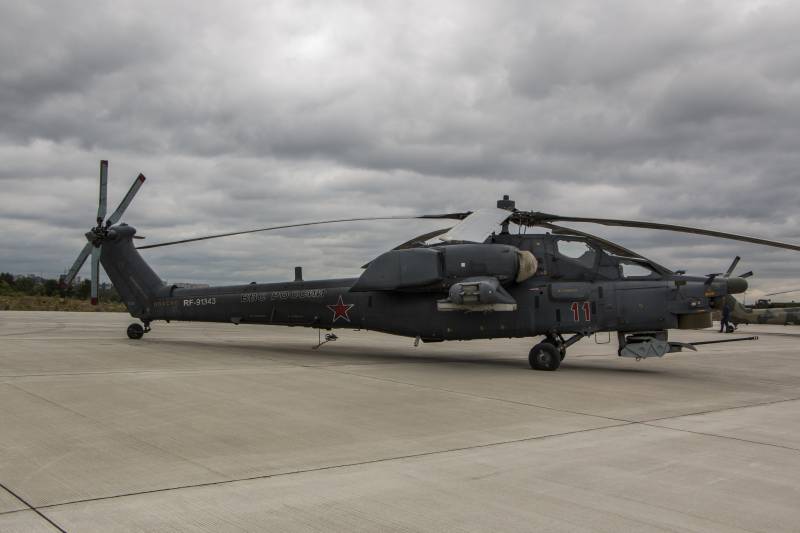
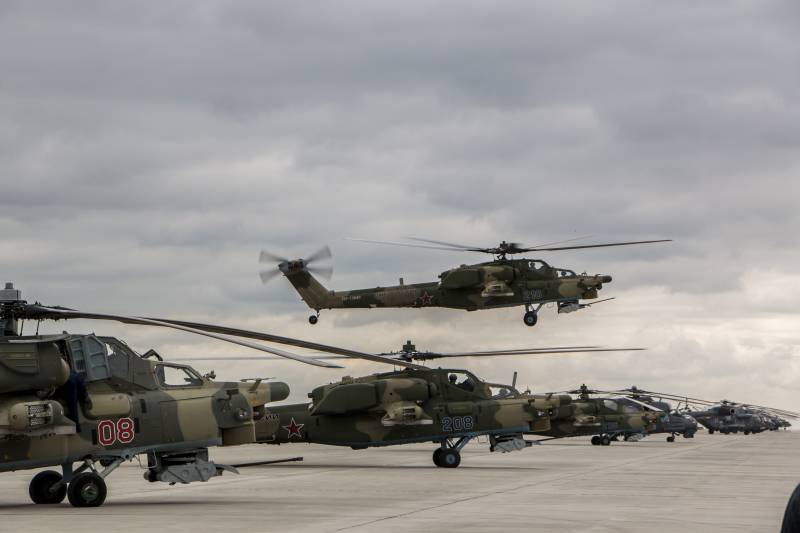
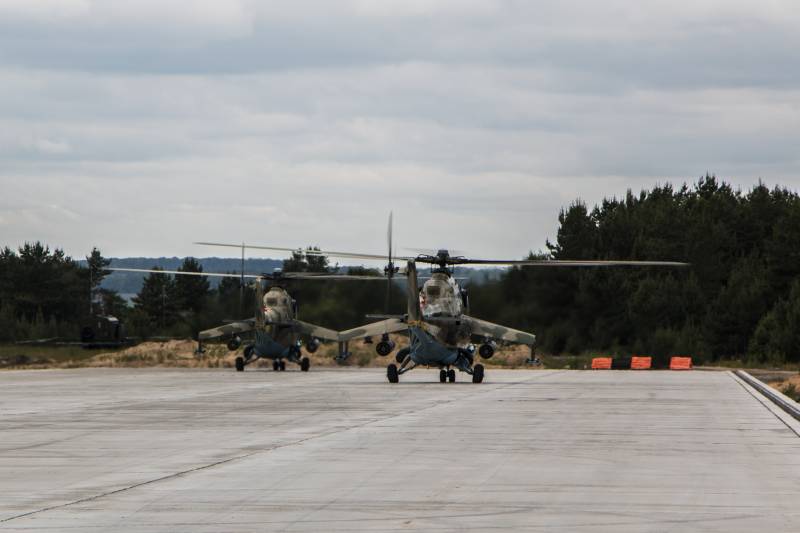
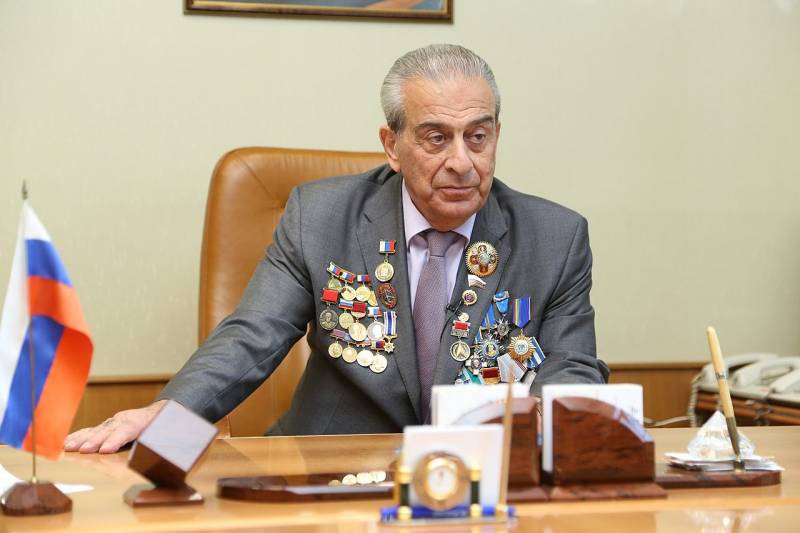
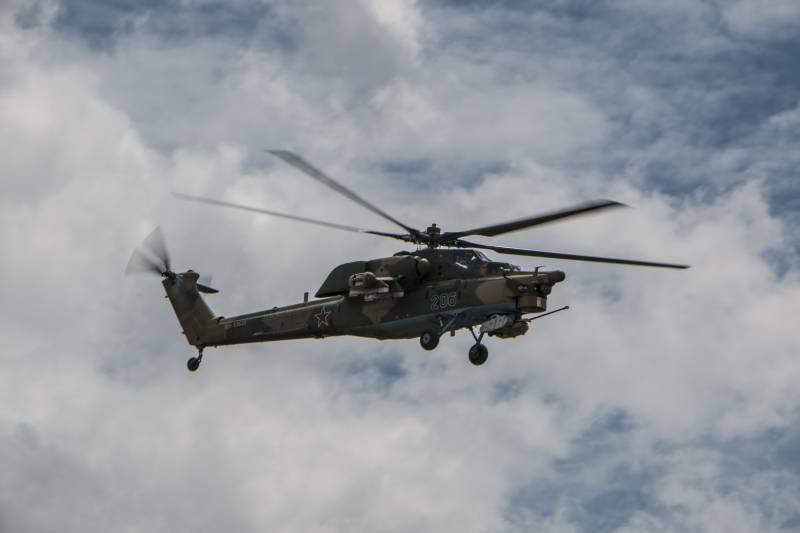
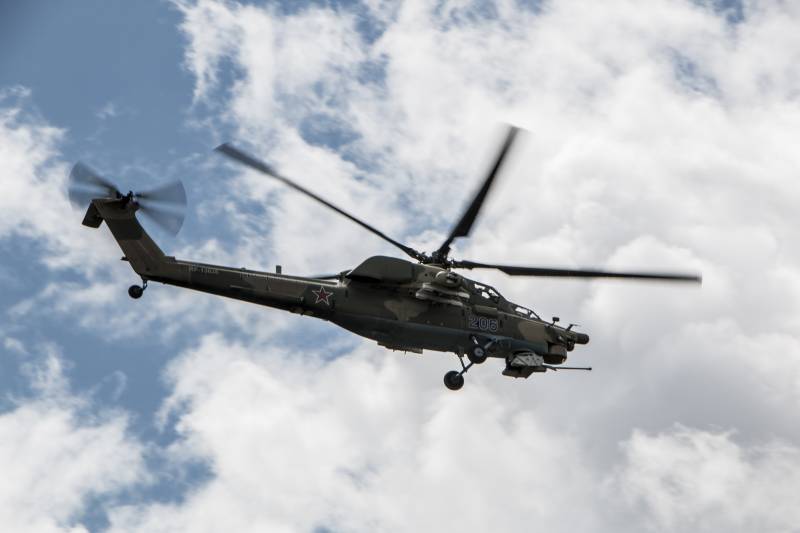
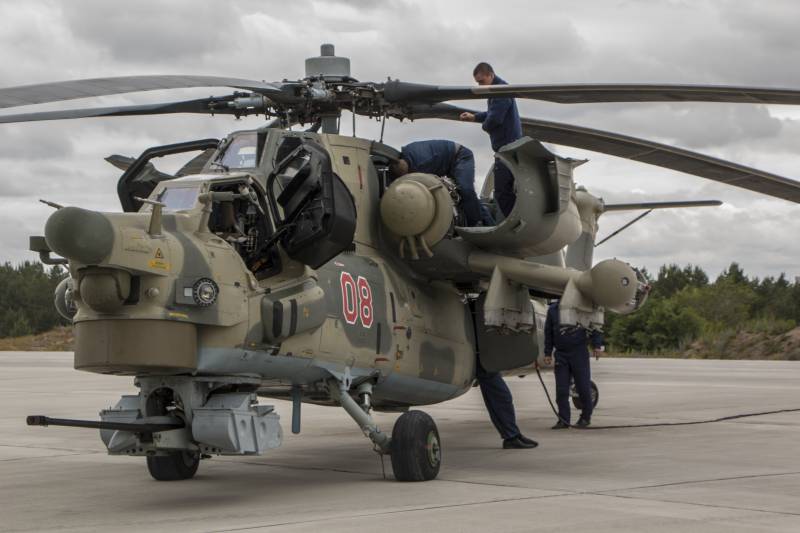
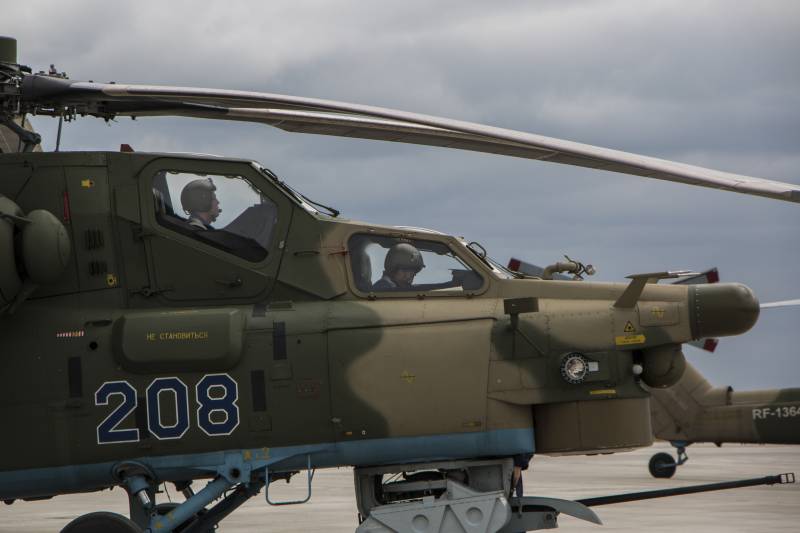
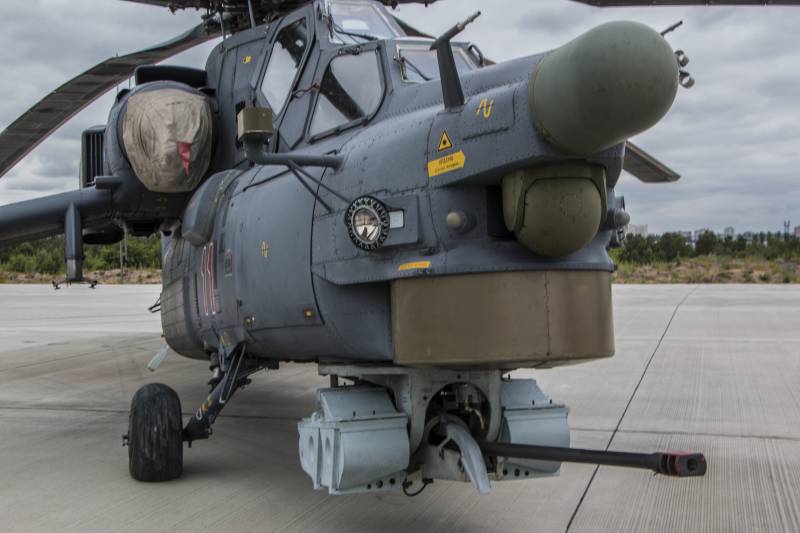
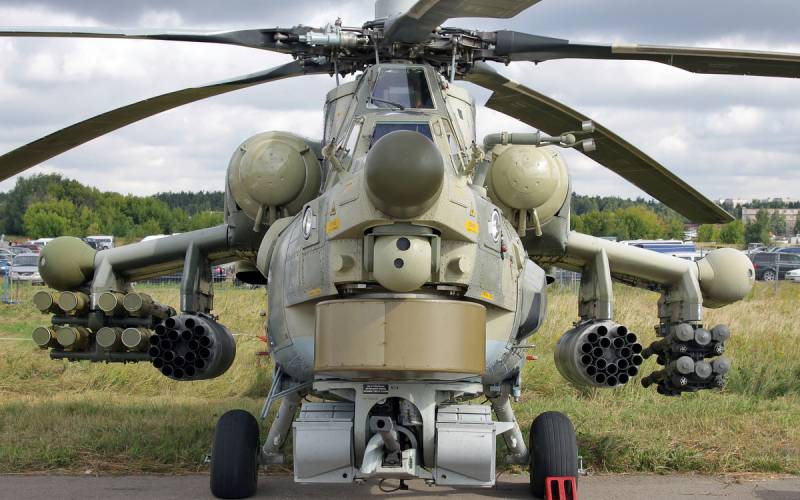
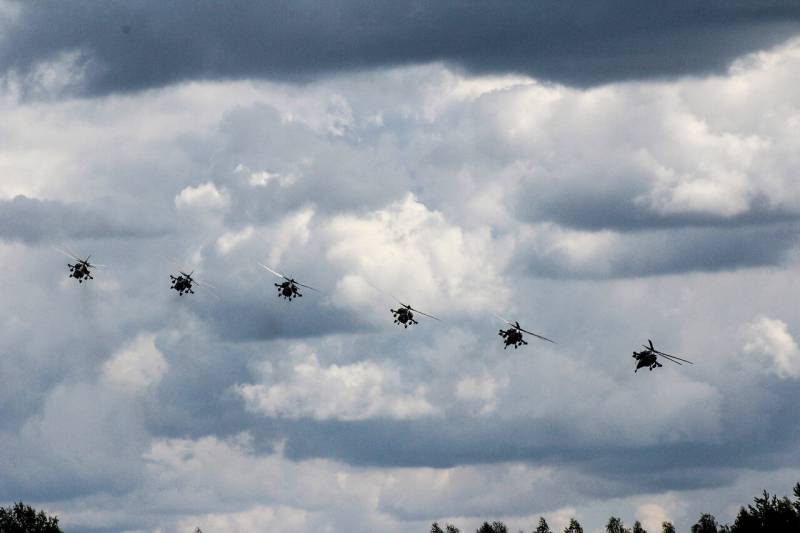
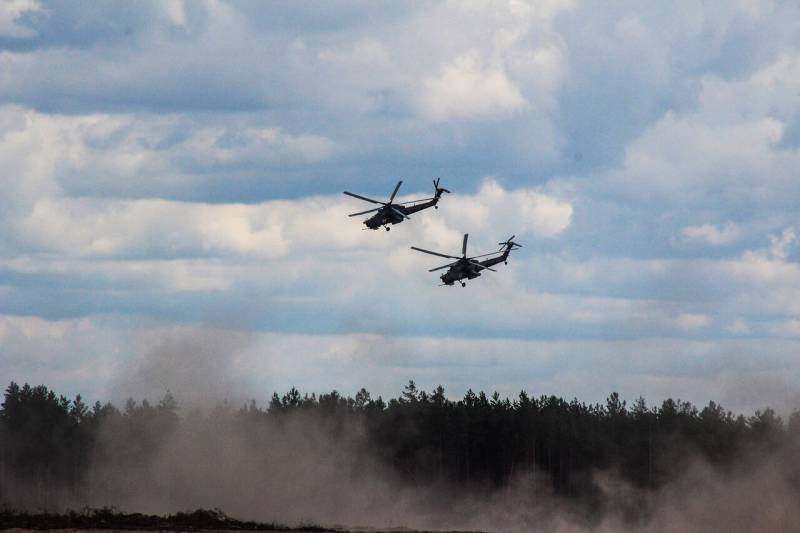
Information